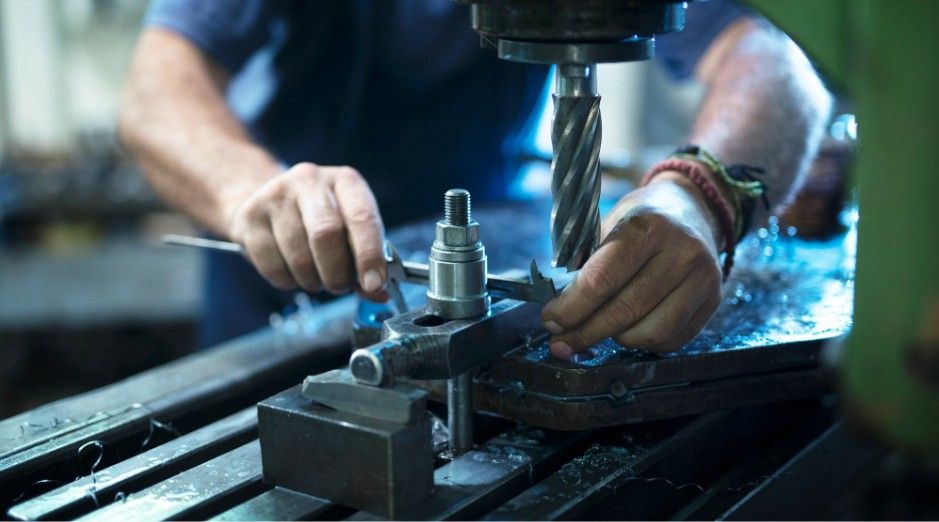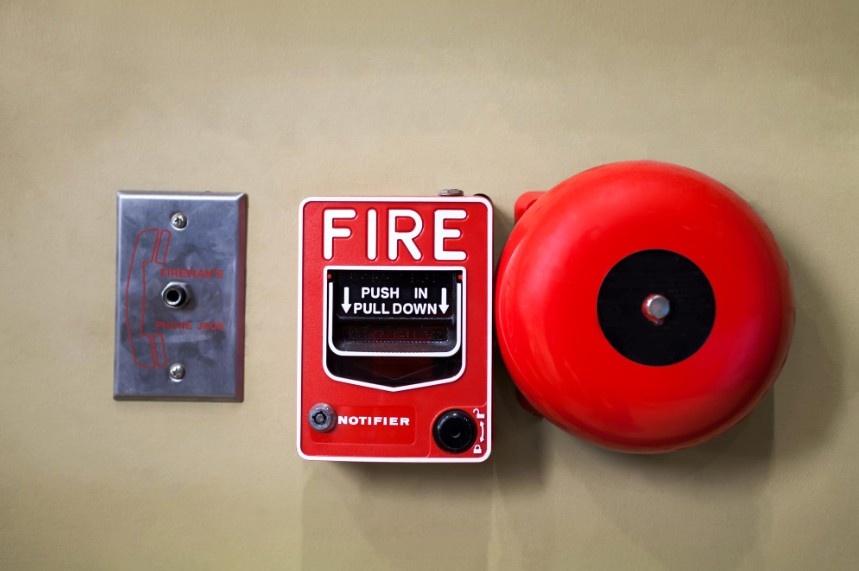A few years ago, I was visiting a manufacturing plant when I overheard a conversation between two workers. One had just returned from an injury and was explaining how a seemingly small slip-up led to a near-disastrous accident. The injury? A hand caught in a rotating machine. It could have been easily avoided if a few safety measures had been in place or better followed. That conversation stuck with me because it highlighted a critical reality: machine-related injuries are far too common in workplaces, especially around machinery that’s high-speed, high-torque, or otherwise unforgiving.
So, what exactly is one of the most common ways in which workers get hurt around machines? It’s surprisingly simple: entanglement, where a worker’s clothing, hair, jewelry, or even their body part becomes caught in a moving machine. It’s a scenario that often happens too quickly to react to, but it’s also one that can be largely prevented through proper safety practices and precautions.
If you’re a worker, safety officer, or business owner, understanding these risks is crucial. So, let’s delve into this, examine how entanglement occurs, and explore ways to prevent it.
Why Do Workers Get Hurt Around Machines?
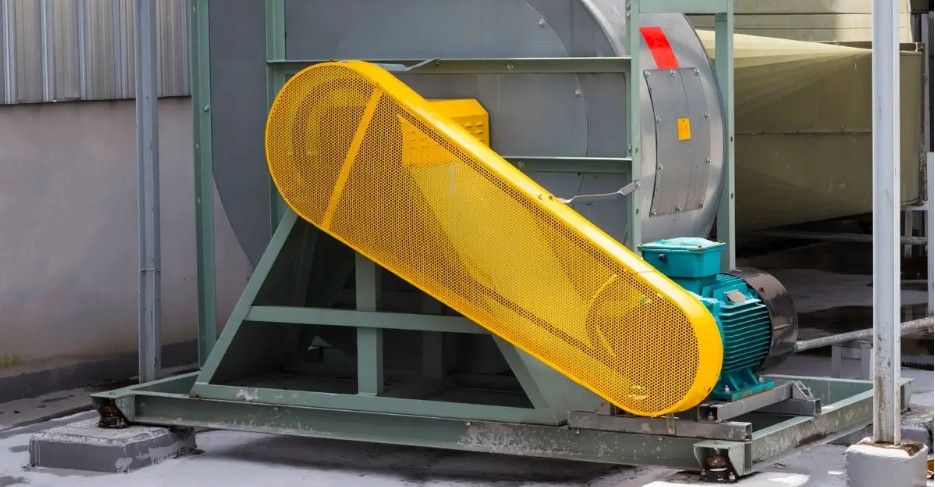
What Makes Machines So Dangerous?
Machines, especially those used in industrial settings, are built for efficiency and speed. They’re designed to handle large volumes of work, often involving rotating parts, moving belts, or sharp edges. But with all this power comes the risk of injury.
The most common injuries occur when workers are not careful around these machines. Whether it’s a clothing snag, a loose hair tie, or even lax safety protocols, the danger of entanglement is always present. Workers may feel confident around these machines, and familiarity can breed complacency, leading to the inevitable moment when something goes wrong.
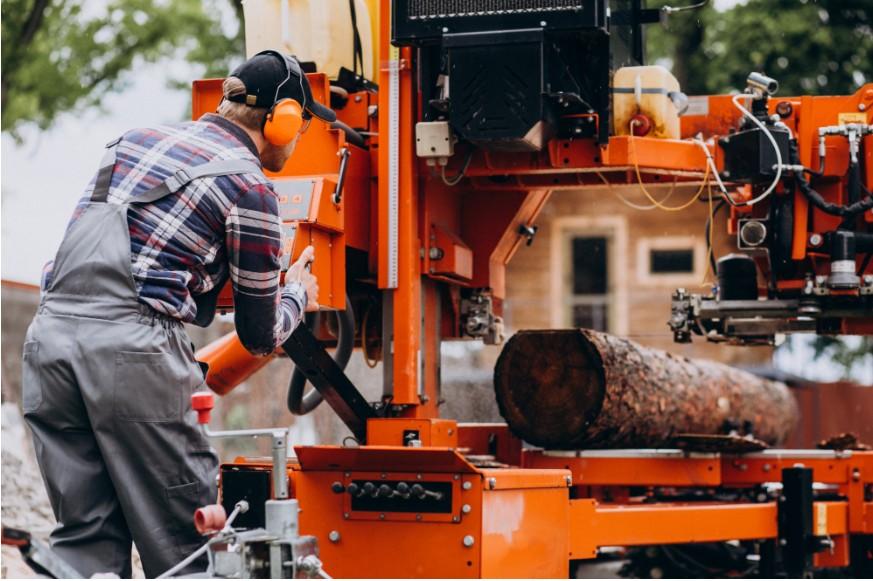
What Are the Types of Machines That Pose the Biggest Risks?
Machines like lathes, conveyors, presses, cutters, and mixers often have rapidly moving parts that can pull in anything too close. For example, lathes have spinning parts that can quickly catch loose clothing, gloves, or even hair. Similarly, conveyor belts can drag items, but more importantly, if a worker’s clothing is caught, the conveyor will pull them in with alarming speed.
The key danger lies in the invisible force that these machines exert: motion. Once something is caught, there’s little time for the worker to escape, and even less time for anyone to react. This is where safety training and awareness can save lives.
How to Prevent Entanglement Injuries Around Machines
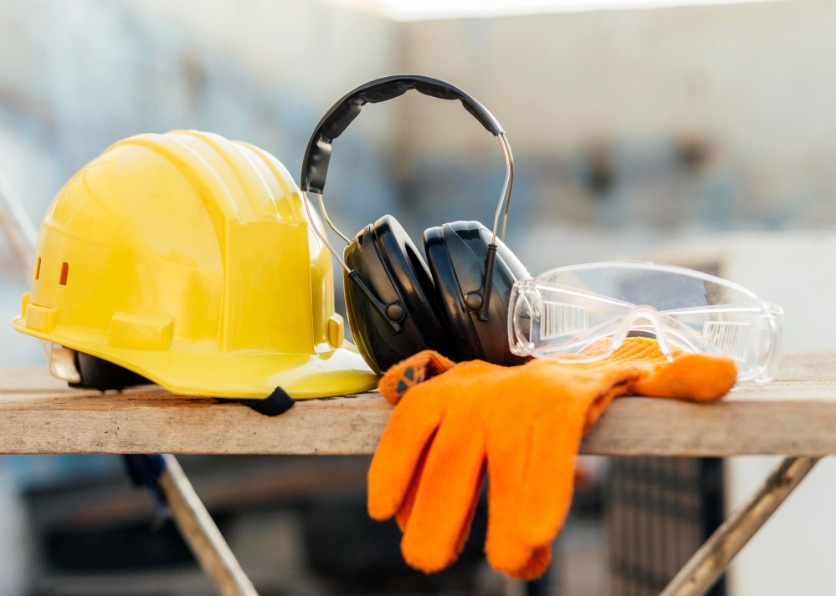
How Can Safety Be Improved in the Workplace?
One of the most effective ways to prevent entanglement injuries is to create a safety-conscious culture where everyone is aware of the risks and committed to preventing accidents. But that’s just the start. Let’s explore some practical steps that can reduce the likelihood of entanglement around machines.
1. Proper Machine Guards and Shields
Credit: Reddit
Most industrial machines should be equipped with guards and shields that help prevent any body parts from coming into direct contact with moving parts. These guards are essential, as they physically block access to dangerous zones. Employers should ensure that all machine guards are intact and functioning properly at all times.
For example, lathe guards are designed to shield the operator from rotating parts, making it much harder for an arm or hand to get caught in the machine. Regular checks and maintenance are essential for maintaining these safety measures.
2. Use of Personal Protective Equipment (PPE)
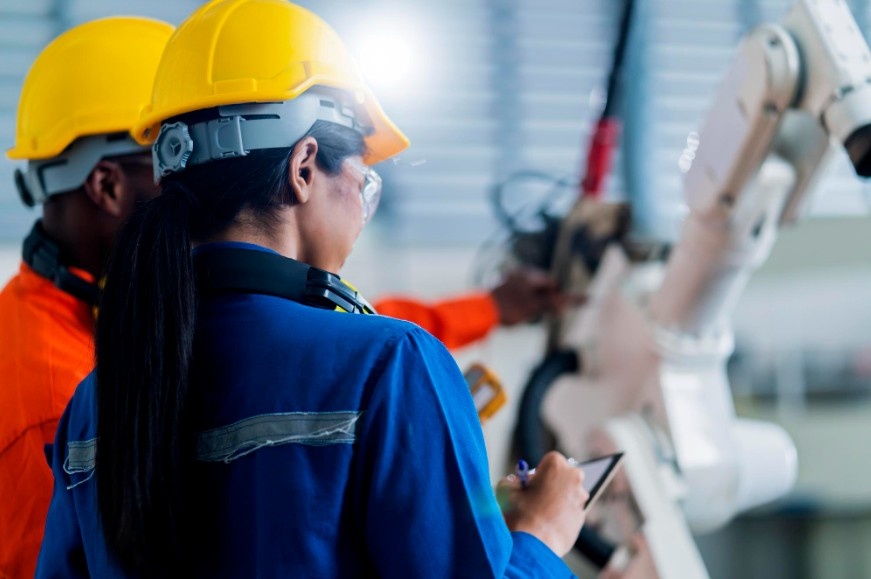
The proper use of PPE—such as gloves, sleeves, hairnets, and protective clothing—can make a significant difference. While some materials might be suitable for handling specific machines, others may increase the risk of entanglement. For instance, loose clothing and jewelry can easily get caught. It’s critical to enforce strict dress codes that prioritize tight-fitting, non-flammable, and secure clothing to avoid any accidents.
3. Training and Awareness
One of the most powerful tools for preventing accidents is training. Workers must be fully trained on how to operate machines safely, the risks associated with their use, and what to do in the event of an incident. However, more than just formal training, employees must also be aware of best practices, such as always keeping their hands, clothing, and hair away from moving parts, and never bypassing safety features like guards or emergency stops.
Regular safety drills and refresher courses can help workers stay sharp and ready to handle any situation that arises.
FAQ: All Your Questions About Entanglement and Safety Around Machines
1. What should I do if I notice a machine is missing a guard or safety feature?
If you notice that a machine is missing a safety guard or if the guard isn’t functioning properly, stop using the machine immediately. Inform your supervisor and have the issue addressed before anyone continues working. Never use a machine that has been tampered with or lacks the proper safeguards in place.
2. Are there any signs that a machine is becoming more dangerous to operate?
Yes! Look out for unusual noises, vibrations, or parts that appear to be loose or worn. If a machine is malfunctioning or showing signs of wear, it could create a greater risk of entanglement or other accidents. Always report malfunctioning equipment to maintenance as soon as possible.
3. Can technology help reduce the risk of entanglement injuries?
Yes, automated safety systems and motion sensors are becoming more common. Some newer machines have automatic shutoff switches that trigger if something is caught or if a worker gets too close. These technologies can significantly reduce human error and prevent accidents before they happen.
4. How often should safety checks be done on machinery?
Safety checks should be done regularly—daily or weekly—depending on the machine’s usage. During these checks, look for any potential hazards, worn-out parts, or malfunctions. It’s also essential to perform monthly inspections to ensure that safety guards are intact and fully functional.
Safety First: How to Keep Workers Safe Around Machines
Working around machines is a necessary part of many industries, but it comes with its fair share of risks. Entanglement is one of the most common and preventable types of injuries that occur around machinery, and understanding how to mitigate those risks is essential for anyone working in an industrial setting.
By taking the right precautions, such as using proper personal protective equipment (PPE), ensuring machine guards are in place, and staying vigilant with ongoing safety training, we can all work together to minimize these risks. So, the next time you step onto the factory floor or into the workshop, remember: safety isn’t just about following rules—it’s about making sure everyone returns home in one piece. Stay safe, stay aware, and always take proactive measures to ensure your safety.

